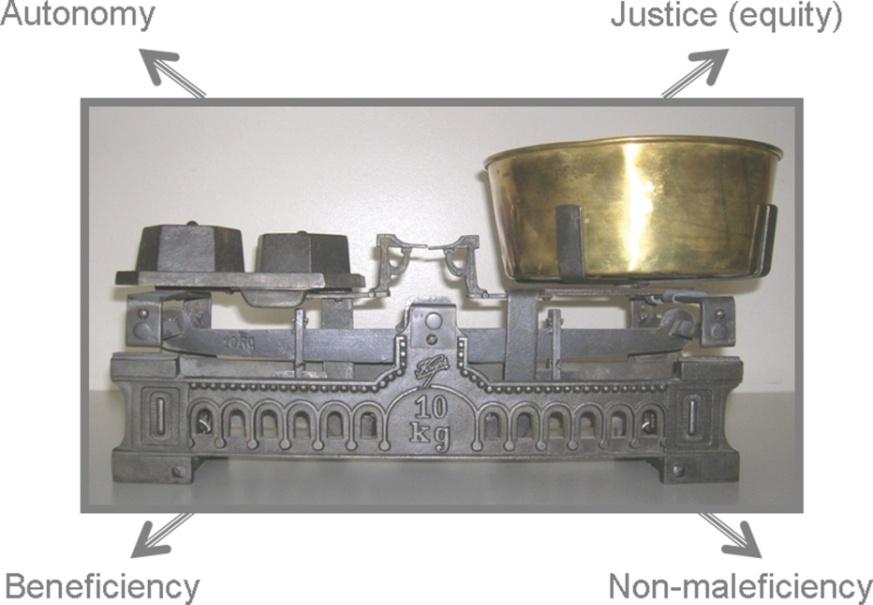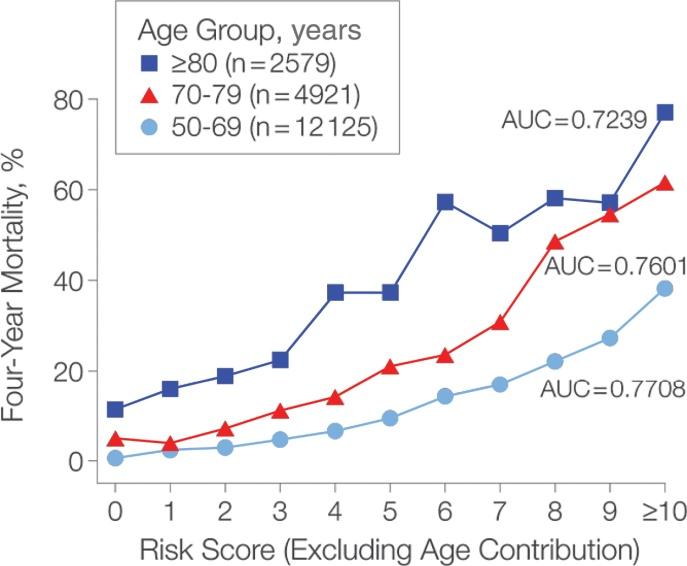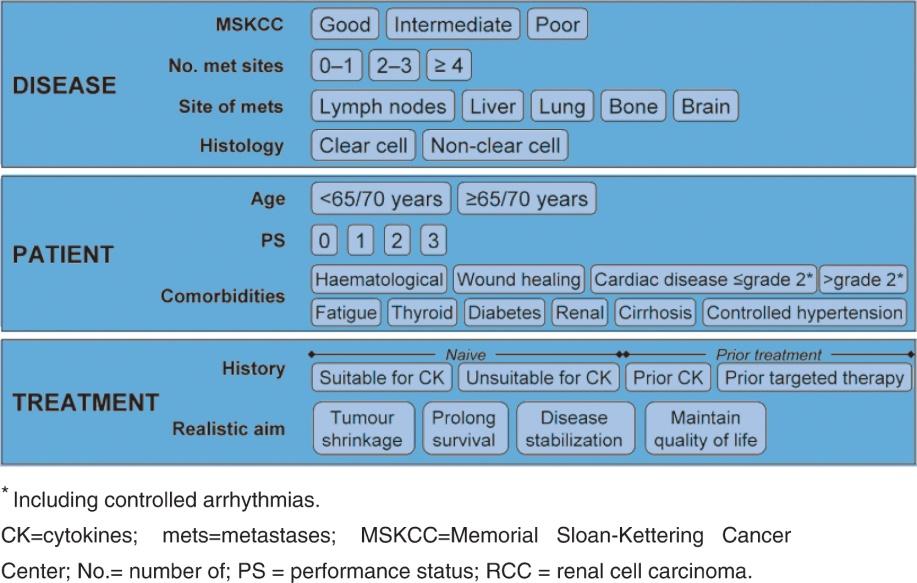
4 minute read
Side Effects of Radiotherapy in the Elderly (Acute and Late
significant weight loss has occurred because of systemic cancer. A more reduced PS of ECOG 2 or 3 or significant weight loss at diagnosis may lead to more palliative radiotherapy protocols, with symptom control and reduced tumour-related complications being major end points in this setting.
Three major reviews of interactions between age at presentation and clinical outcome within European Organization for Research and Treatment of Cancer (EORTC) radiotherapy protocols have been performed in 1996, 1997, and 1998. They included 4,406 patients with head and neck, thoracic, and pelvic cancers demonstrating more severe functional acute reactions in older patients (mucositis and sexual dysfunction). In 2011, a retrospective review of 1,372 non-small cell lung cancer (NSCLC) patients investigated the influence of age on treatment selection and efficacy for stage III NSCLC. Elderly patients with lung cancer showed a trend toward increased weight loss following radical radiotherapy.
Advertisement
Patients older than 65 years and younger patients with NSCLC treated with curative intent, with nonsurgical bimodality therapy or trimodality therapy including surgery, had similar rates of grade 3/4 toxicity.
Another retrospective analysis of nine EORTC studies in pelvic tumours revealed no differences in acute toxicity between different age groups. Moreover, in most tumour sites, retrospective studies of older patients have demonstrated no differences in acute and late tolerance to radiotherapy compared with younger patients. In patients with ECOG PS 0 or 1, the intensity of acute reactions was similar in older and younger patients. Only duration of recovery from acute reactions seemed to be prolonged (four to seven weeks) in older patients.
A large review of the EORTC database of head and neck cancers observed no statistically significant difference between age groups in terms of acute and late side effects. But when evaluating age-related differences in toxicities, we have to admit that comprehensive data on chronic toxicities in individual cohorts are currently missing. The overall incidence and severity of all adverse effects seem to not be significantly increased in elderly versus younger ones. The elderly typically experienced longer hospital admission than younger patients, but age was not related to treatment interruption or grade of toxicity.
Specific Side Effects
With modern radiotherapy techniques, skin reactions are rarely observed unless skin areas lay within the clinical target volume (e.g. in advanced breast cancer).
Mucosal reactions remain greatly unavoidable (e.g. in head and neck, rectal and prostatic cancer). Healing of mucosal reactions to full recovery occurs at the same rate regardless of age. The secondary side effects of mucosal gland reactions are minimised (e.g. in head
and neck cancer) by sparing the contralateral side, preventing xerostomia by maintaining functional salivary glands on one side. In prostatic cancer, the organ volumes of bladder, small bowel, and rectal mucosa and the dose administered to these organs can be significantly reduced with modern planning techniques. Higher doses can now be delivered to target volumes in the elderly with good or acceptable tolerance.
There seems to be lower incidence of radiation-induced nausea/vomiting in the elderly receiving radiotherapy than in younger patients treated with the same protocol. But once nausea/vomiting occurs, the consequences can be worse in the elderly who more frequently tend to ignore symptoms of dehydration and develop electrolyte imbalance, if not properly supported during radiotherapy courses. In a prospective analysis of radiationinduced gastrointestinal side effects, typically, the frequency of developing nausea/vomiting was underestimated and thus frequently inadequate and inefficient antiemetic was prescribed. In treatments with high emetic potential (e.g. in abdominal and pelvic cancers) and in concomitant radiochemotherapy, 5-hydroxytryptamine-3 receptor antagonists should be administered prophylactically rather than symptomatically.
In conclusion, acute and late toxicities have developed at the same percentages amongst all age groups.
Prevention of Side Effects
Novel radiotherapy techniques including external megavoltage radiotherapy (EMRT), conformational intensity-modulated radiotherapy (IMRT), and SRT have benefited from individual 3-D image reconstruction of target volumes and neighbouring structures as well as respiratory cycle-gated radiation in organs moving with the respiration cycle (“4-D radiotherapy”). These innovations have allowed individualised calculations of doses delivered to critical organs and optimisation of dose delivery. As a result, acute tolerance to radiation in all patients has improved remarkably, whereas incidence and severity of late normal tissue damage have significantly decreased. Such progress has been observed in multiple sites, being of particular relevance for brain, head and neck, thoracic, abdominal, and pelvic malignancies.
The functional reserve of many vital organs typically declines with advancing age, and this alone can cause increased acute toxicity from radiotherapy. Increased damage to normal tissues can be associated with a reduced stem cell reserve in bone marrow, as well as in mucosa and with a reduction in the rate of normal tissue cell repopulation. The potential benefit from innovative radiotherapy techniques may be observed in all age groups.
Most of the early literature on increased radiotherapy toxicity in elderly patients stems from a series with standard fractionation schedules or un sophisticated treatment planning. In contrast, reports on age-independent tolerance are based on selected patient populations from clinical trials in high-level institutions. On the basis of positive selection effects (e.g. strict protocol eligibility criteria within prospective trials), these reports may





